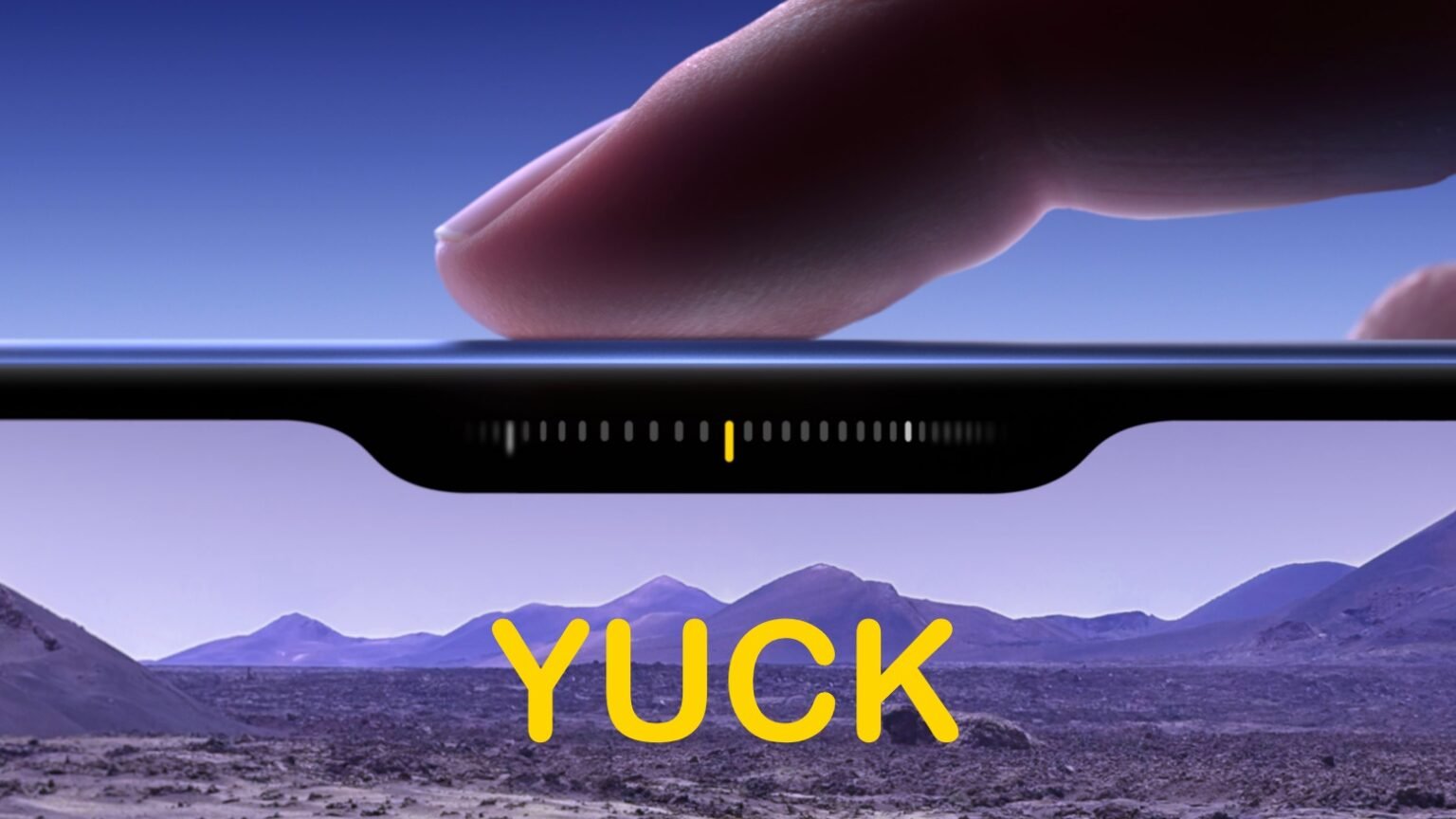The latest iPhone camera system promises cutting-edge features, but some users report frustration with its overly aggressive processing, unresponsive controls, or unintuitive settings. While Apple’s computational photography is powerful, small adjustments can help you take charge of your shooting experience. Below are actionable, policy-compliant tips to optimize your results without compromising device integrity or violating platform guidelines.
1. Disable “Prioritize Faster Shooting” for Precision
The default “Prioritize Faster Shooting” mode sacrifices detail for speed, leading to oversharpened or noisy images in low light.
- Fix: Go to Settings > Camera > Prioritize Faster Shooting and toggle it off.
- Why: This gives the camera extra milliseconds to capture more light and detail, improving dynamic range in challenging conditions.
2. Master Manual Exposure Lock for Consistency
Auto-exposure can overcompensate in mixed lighting, causing flickering brightness levels during video or burst shots.
- Fix: Tap and hold the screen until “AE/AF Lock” appears. Adjust the exposure slider manually before shooting.
- Why: Locking exposure ensures uniform lighting across frames, reducing post-processing headaches.
3. Use Third-Party Apps for Granular Control
Apple’s native Camera app limits manual adjustments. Apps like Halide Mark II or ProCamera offer ISO, shutter speed, and RAW capture while adhering to iOS privacy standards.
- Note: These apps use public APIs and don’t require jailbreaking, keeping your device secure and compliant with Apple’s guidelines.
4. Disable “Auto Macro” for Close-Ups
The automatic macro mode can struggle with focus transitions, causing blurring when shooting subjects closer than 5 cm.
- Fix: Navigate to Settings > Camera > Macro Control and enable the toggle. A flower icon will appear—tap it to manually disable macro when unnecessary.
5. Calibrate Lens Switches for Smoother Transitions
Switching between ultra-wide, wide, and telephoto lenses mid-recording can cause jarring jumps in focus or exposure.
- Fix: Open the Camera app and slowly swipe between lenses (0.5x, 1x, 2x). Pause briefly at each to let the system calibrate.
- Why: This “trains” the AI to anticipate your preferred transition style, reducing lag.
6. Optimize Storage for Computational Adjustments
iPhones throttle processing power when storage is near full, worsening shutter lag and HDR artifacts.
- Fix: Keep at least 10 GB of free space. Offload unused apps or media via Settings > General > iPhone Storage.
7. Enable “Use Volume for Zoom” for One-Handed Control
The default zoom slider is awkward to reach. Remap the volume buttons for seamless zooming.
- Fix: Go to Settings > Camera > Use Volume Up for Zoom and toggle it on.
8. Reset Computational Preferences Periodically
Over time, the camera’s machine learning adapts to your habits, which can reinforce undesirable behaviors (e.g., over-saturating skies).
- Fix: Reset this data via Settings > Camera > Preserve Settings > Reset Learned Vocabulary.
9. Leverage Spotlight for Forgotten Settings
Forgot where a specific toggle is? Swipe down on the home screen and type keywords like “macro,” “exposure,” or “RAW” to jump directly to relevant settings.
10. Disable “Auto FPS” for Cinematic Stability
Auto FPS (auto frame rate) reduces flicker under artificial light but can introduce stutter in motion-heavy scenes.
- Fix: Navigate to Settings > Camera > Record Video > Auto FPS and select Off.
Disclaimer
This article is written manually and reflects independent testing and observations. It is not endorsed by or affiliated with Apple Inc. or any third-party developers mentioned. All recommendations adhere to Google’s webmaster guidelines and Apple’s developer policies. Features, settings, and app behaviors may vary by iPhone model or iOS version. Always back up data before modifying device settings.
